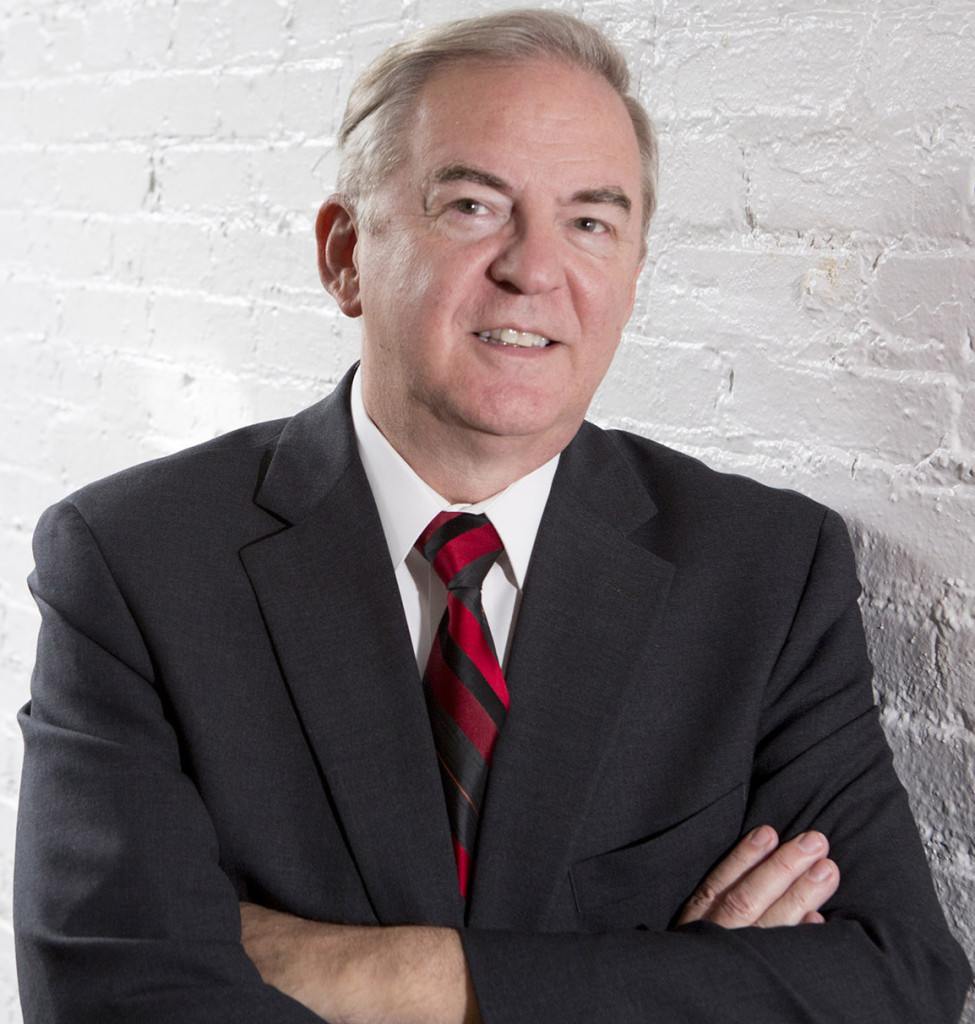
Dr. Dallas’ Spiritual Journey – People often follow an image of what they believe they should be like, regardless of whether that image fits reality. I have had the desire to be a scientist since I was very young. The image of a scientist, of course, was therefore important to me. Like many people, I had not really examined the validity of the popular image of a scientist but simply accepted a superficial perception. Even though I had not thought it through or looked for evidence (like a real scientist would), I accepted the premise that I would not have the proper image as a scientist if I believed in God. Like most Americans, I attended church when I was young. However, I had not made a personal commitment to God through His Son, Jesus Christ. Therefore, when I went to the University I stopped going to church. I perceived that my scientist image required that I had to declare that I was an atheist.
Since we all have to something to believe in, I placed my faith in science and scientists. I accepted the view that science and technology were going to solve the world’s problems, with scientists as the wise, all-knowing intelligentsia who would direct these efforts. I graduated from the University with these views and entered the research world. Of course, I soon learned that scientists have much the same problems as other people: jealousy, fear, insecurity, selfishness, and often really lousy family lives (to name a few). Driven by these same weaknesses as the rest of the human race, scientists have proven that they are not better equipped to solve their own problems, or those of the world, based on their intellect alone. I saw firsthand in the research world that although science and technology were indeed progressing rapidly, the scientists who controlled it were often misusing these tools with destructive consequences. Personally, I was no better than the scientists that I had now lost confidence in.
When I was 24, I observed a relative, as well as another person who was an old high school friend, who both had dramatically changed lives, and I learned that for both of them this was directly related to a personal knowledge of God. I was told about what the Bible says about God’s love for each of us, and how each person is separated from God by the selfish desires and weaknesses that end up governing our lives (also known as sin). I came to the realization that God loves each one of us so much that he became a man named Jesus Christ 2,000 years ago, so that he could communicate with us directly. It was a revelation to me to hear that Jesus came to show us how we could have a personal relationship with God, and that this could start now and endure for eternity. The most important point to me was that Jesus died to pay the penalty for my failures and selfish actions, and if I accepted that payment made for me, I could have a personal relationship with God through this trust in Jesus Christ.
I finally realized that my image of an atheist scientist was just an image, and I gave this most important issue in life the consideration that it deserved. Once I was past my original superficial treatment of God, it became clear to me that the tremendous order and beauty in the universe absolutely required a designer. It was also encouraging to learn that many of the great scientists during the formative years of the scientific revolution were Christians. The more I looked with an open mind (as a scientist is supposed to do), the more I came to really want this personal relationship with God. I wanted reality now, and not just an image. Finally I prayed, which simply means to talk to God, and I accepted the gift of Jesus Christ’s payment for my failures when he died on the cross. When I did this, I knew that I had a personal relationship with God while here on earth and eternal life thereafter.
Over the following years I steadily grew in the Christian faith, and I found that the company of devoted Christians was important to me, which is best embodied in a Bible-believing local church. My strength and confidence particularly increased when I was consistent in reading and meditating in the Bible, incorporating these principles directly into my life, and wanting to obey God’s Word not to follow rules but because I loved God. I was no longer a prisoner of a superficial image, but I was free to reach forward to my full potential with God’s power. As a University Professor and a scientist for many years, and publisher of many recognized papers and funded research projects, I am quite confident that a walk as a follower of Christ is entirely consistent with the intellectual and ethical demands of science. Due to my outspoken faith, there has been persecution as well as acceptance, which is a definitive part of the Christian walk. This relationship with Christ has led me to be a church elder (pastor) of a local church for the last decade, a blessed husband to my devoted wife Lenda of over 30 years, and involved father to 8 children, all of whom have decided to follow the Lord Jesus Christ in their lives, and in the families they are founding. All of this is directly in line with my life as a scientist and a Professor, and indeed augments it greatly.
Once I took the time to look for God, I discovered that contentment and meaning were found not in a superficial and false image but in a personal relationship with God that is only possible through faith in Jesus Christ.
